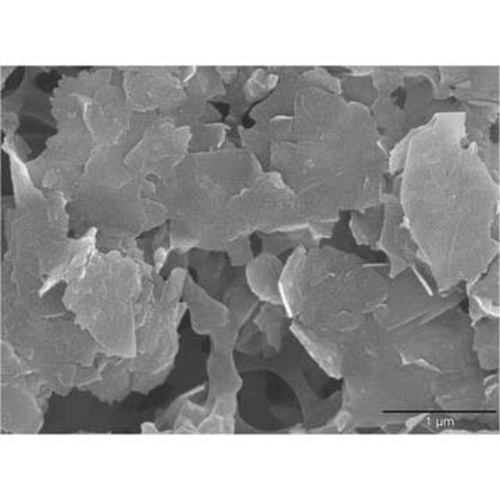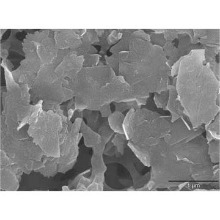 |
|||
|
|
|
|
Nano powders: A-ZProduct Properties Graphene Nanopowder/ Nanoparticles 1-5nm 0544DX Graphene Nanoparticles/ Nanopowder Specification for Download
Exfoliated Graphene Nanopowder, Platelets, Pristine Graphene Appearance: Black powder Graphene Thickness: 11-15 nm Graphene Average Particle Diameter: 15 micron Graphene Surface Area: 50-80 m2/g Carbon: 99.5+% Electrical Conductivity (siemens/meter): 107 (parallel to surface), 102 (perpendicular to surface) Thermal Conductivity (watts/meter-K): 3000 (parallel to surface), 6 (perpendicular to surface) Health and Safety
Graphene (C) Nanopowder General Description Used a variety of biological, chemical, and medical fields, graphene nanopowder offers a combination of traits suitable to any number of applications. Depending on the exact powder utilized, it can offer benefits in tissue engineering, bioimaging, medical device manufacturing, pharmacological development, and a host of related fields. Graphene may be one of the most heavily-researched nanopowders on the market today, with its exceptional potential in medicine and related fields uncovered recently. Graphene (C) Nanopowder/ Nanoparticles Applications
|
||||||||









